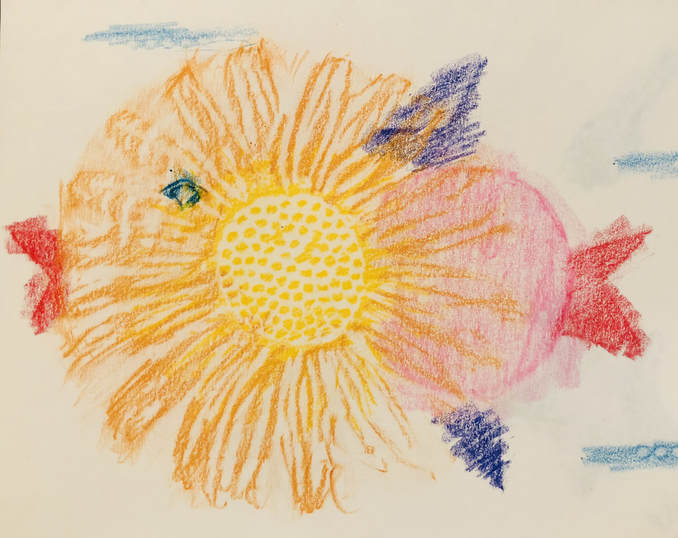Rub
Artist Max Ernst~Rubbings
Mrs. McCullers Art Adventures Summer Online Art Camp 2018 Facebook Group
Written Lesson: Rub~Artist Max Ernst~Rubbings
Rubbings are made by carefully pressing paper onto a surface that has texture and then rubbing the paper with a crayon, charcoal, chalk or a pencil to reproduce the look of the texture onto the paper. Artist Max Ernst began using rubbings in this artwork when he was staring at the floor thinking about how to start a painting. He noticed the lines and the texture of the wood planks on the floor and he laid his paper over the planks and began rubbing it with a piece of charcoal. He liked the look so much that he started using rubbings in his artwork all the time. Here are some examples of his artwork.
There are a few things you should notice about Ernst's art:
- He liked to combine more than one rubbing in a piece of art.
- He applied different amounts of pressure when rubbing to create light, medium, and dark areas in his art.
- Sometimes he used only one color and sometimes he used more than one color.
Supplies
- crayons
- paper
- scissors
- cardstock or an empty cereal box
- objects for rubbing (some examples: rubber bands, paper clips, scissors, staples, nail file, toothpicks, leaves, buttons, coins, jewelry, sand paper, keys, comb, shoe laces, puzzle pieces, magnetic letters)
Instructions
You are going to create a rubbing in the style of Max Ernst.
*For more info on Max Ernst you can check out these links:
https://www.artsy.net/article/jessica-beyond-painting-the-experimental-techniques-of-max
https://youtu.be/CHdU4JfY-bU
- Look for things that have texture to use for your rubbing. Texture is the way an object feels-- bumpy, smooth, rough. You want objects that have texture you can feel with your hands.
- Place the object under paper. Feel its location with your fingertips. Rub a crayon over the object until it appears as a rubbing.
- Try different objects to create rubbings.
- Cut a shape (like a square, heart, or rectangle) out of card stock or an empty cereal box. Put the shape under paper. Feel its location with your fingertips. Rub a crayon over the object until it appears as a rubbing.
- Move the shape a little, overlapping the previous shape. Rub over it again. Repeat two or three times.
- Try different shapes to create rubbings.
- Think about how you can combine rubbings from different objects and create a piece of art.
- Post your pictures on our Facebook page.
*For more info on Max Ernst you can check out these links:
https://www.artsy.net/article/jessica-beyond-painting-the-experimental-techniques-of-max
https://youtu.be/CHdU4JfY-bU
Here is my finished project:
Creativity is that marvelous capacity to grasp mutually distinct realities and draw a spark from their juxtaposition. ”
- Max Ernst

